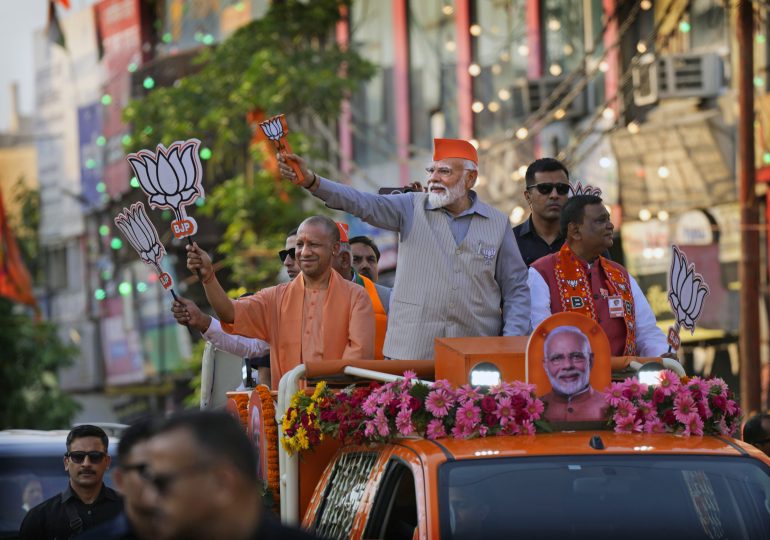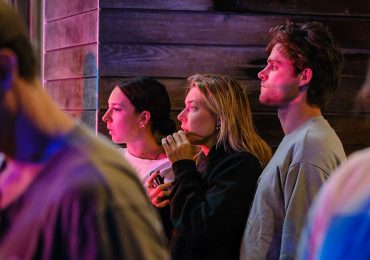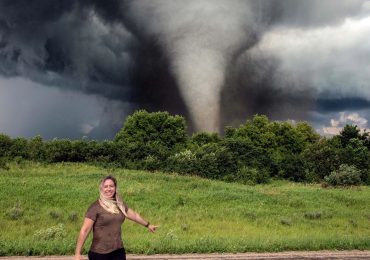The world’s biggest election will take place next week when 960 million eligible voters from a population of 1.4 billion Indians cast their ballot to decide who will fill the 543 seats of the Lok Sabha, the more powerful lower house of Parliament—and who will become India’s next prime minister.
The ruling Bharatiya Janata Party (BJP) is competing against a coalition of more than a dozen opposition parties, including the Indian National Congress, which once ruled over the nation for more than 50 years. At the center of the contest is incumbent Prime Minister Narendra Modi, who first rose to power in 2014 on the promise of economic reform and a Hindu nationalist mandate. If he wins again, Modi will match the record of India’s first prime minister, the Congress leader Jawaharlal Nehru, by staying in power for three consecutive terms.
[time-brightcove not-tgx=”true”]
Read more: A Make-or-Break Year for Democracy Worldwide
The election is a long and costly exercise: Voting begins on April 19, staggered in seven sequential phases over the course of six weeks, with the results announced on June 4. Similar to 2019, when India last held an election, this year’s election will see over a million polling booths set up across the country, with nearly 15 million polling personnel helping to administer the vote through electronic voting machines. All this is carefully planned and executed by the Election Commission of India. While the 2019 election, which cost $8.5 billion, was seen to be the world’s most expensive election by some estimates, this year’s vote is expected to exceed even that number.
Below, everything you need to know about India’s next election.
How does India’s election work?
Following the British parliamentary system that was in place in India until the country’s independence in 1947, India’s democracy is a multiparty parliamentary system with a bicameral legislature. That means that the party or coalition of parties that wins a majority will form a government and nominate a candidate for prime minister. To secure a majority, a party or coalition must get 272 seats.
Each of the seven voting phases is held on separate, single days during which several constituencies in multiple states cast their votes. The staggered polling enables India’s election commission to deploy security personnel who ensure the safety and freedom of electoral officials transporting the voting machines.
The Indian Election Commission will count votes using a complex calculation system and verification. Once complete, the President of India Droupadi Murmu will invite the winning party to form a government and that party’s leader will be appointed prime minister. If no single party wins an outright majority, then the leading party will usually ally with other, smaller parties.
Who are the main contenders in India’s election?
The competition mainly lies between India’s two biggest political parties: the ruling Bharatiya Janata Party (BJP) and the opposition Indian National Congress (INC).
The BJP first came to power in 2014 under the leadership of current Prime Minister Modi, and now rules with a coalition known as the National Democratic Alliance. In the 2019 elections, the BJP enjoyed a landslide victory after clinching an absolute majority by 303 parliamentary seats. 73-year-old Modi, who first projected himself as an outsider with a heavy hand on rampant corruption, has since transformed into one of the most popular—and polarizing—leaders in the nation’s history. Polls suggest a comfortable win for Modi due to widespread support from the country’s Hindu majority.
Read More: How Extreme Heat Will Impact India’s Election
During his second term, Modi’s government struggled with COVID-19 pandemic mismanagement, high levels of unemployment, and increasing attacks against minorities and critics of the government. At the same time, Indians admire Modi’s efforts to propel India on the world stage, which has attracted significant foreign investment and U.S. support for India’s rivalry against neighboring China. Last August, India landed a rover on the moon, becoming the fourth country to achieve the space feat; a month later, New Delhi successfully hosted the G20 summit. In January, Modi also fulfilled his party’s long-held Hindu nationalist promise of opening a Hindu temple in the city of Ayodhya.
The main challengers to Modi are Congress Party head Mallikarjun Kharge and party scion Rahul Gandhi, who attempted to capture the nation’s imagination by undertaking a “Unite India” march across the country last year. The INC has suffered two consecutive electoral defeats in the past, winning just 44 seats in 2014 and 52 seats in 2019. While campaigning for this year’s election it has also faced several setbacks, including bank accounts frozen by tax authorities. Last year, Gandhi was handed a two-year jail sentence over defamation charges that the Indian Supreme Court later suspended.
To contest the BJP, the Congress Party also formed an alliance with several regional opposition parties last June—including the All India Trinamool Congress and the Aam Aadmi Party—under a banner called the Indian National Developmental Inclusive Alliance, or INDIA. But the united front has suffered several blows, including parties and party leaders defecting from the alliance over the INC’s insistence on putting forth its candidates for many seats, as well as ideological differences and personality clashes. The alliance has fielded a single primary candidate in most constituencies, but it hasn’t yet decided on its candidate for prime minister.
Read more: Why India’s Political Opposition Is So Weak
What are the key issues in India’s election?
While voters’ concerns will often vary from state to state during most Indian elections, a recent pre-poll survey conducted by Lokniti-CSDS, a Delhi-based research institute, found that more than half the respondents were most concerned about issues like unemployment and inflation, even though India’s economy is now among the fastest-growing in the world. The government has struggled to generate enough jobs, especially for young people under the age of 35, who make up more than 65% of the Indian population. At the end of 2023, the youth unemployment rate for people between the ages of 20 and 24 was 44.9%—compared to an overall unemployment rate of 8.7%, according to the National Sample Survey.
Along with the difficulty of finding jobs, many have also expressed concerns about rising prices burning holes in their pockets, with 76% of respondents saying that they acutely felt the impact of inflation. More than 40% of the country’s population depends on agriculture for income, but farmers have long struggled to raise their living standards while feeding the country. In agrarian states like Punjab and Uttar Pradesh, rising debt has seen farmers taking to the streets to demand minimum incomes and profit.
To help offset the burden, the BJP government has delivered what economists like the former Chief Economic Advisor Arvind Subramanian have called “new welfarism,” where the government has subsidized the provision of essential goods and services like housing, electricity, bank accounts, and cooking gas. A new digital public infrastructure system designed by the government has also made it easier to transfer cash handouts directly to voters. As such, voters will likely see the continuation of these kinds of welfare programs as important.
The election will also put a spotlight on Modi’s Hindu-first platform, which is in stark contrast to the country’s once-secular roots. In January, Modi inaugurated a Hindu temple on the site of an old mosque and consolidated his Hindu voting base by delivering on the BJP’s long-held promise. Alongside the temple, the government has also begun implementing its 2019 Citizenship Amendment Act, which fast-tracks Indian citizenship for all minorities except Muslims; stripped the Muslim-majority region of Jammu and Kashmir of its autonomy; and imposed state laws to prevent marriages between Hindus and Muslims. These policies have galvanized the 80% of India’s population that is Hindu, while simultaneously alienating 14% of the country that is Muslim.
Read More: In Photos, India’s Devotees Celebrate the Grand Opening of the Ram Temple
Why is this election important?
India’s democracy is both vibrant and paradoxical. The Indian Election Commission has long seen high voter turnouts. In 2019, 67% of Indians voted in the elections—no small feat for an electorate as vast and diverse as India.
At the same time, the BJP-led government has been accused of rolling back human rights in India by imposing a crackdown on independent media and muzzling the voices of critics. Independent watchdogs have also expressed concerns about India’s judiciary and executive agencies falling in line with Modi’s will by giving favorable verdicts to pro-BJP figures in crucial cases and charging opposition leaders. Many international watchdogs have downgraded India’s democratic standing to a “hybrid regime”—one that’s neither a full democracy nor a full autocracy.
Read more: The U.S. Just Released a Scathing Report on Religious Freedom in India
As such, many see the 2024 India election as a test of the country’s democratic values, and a sign of whether the Indian majority will continue to support Modi’s 10-year rule.
Leave a comment








